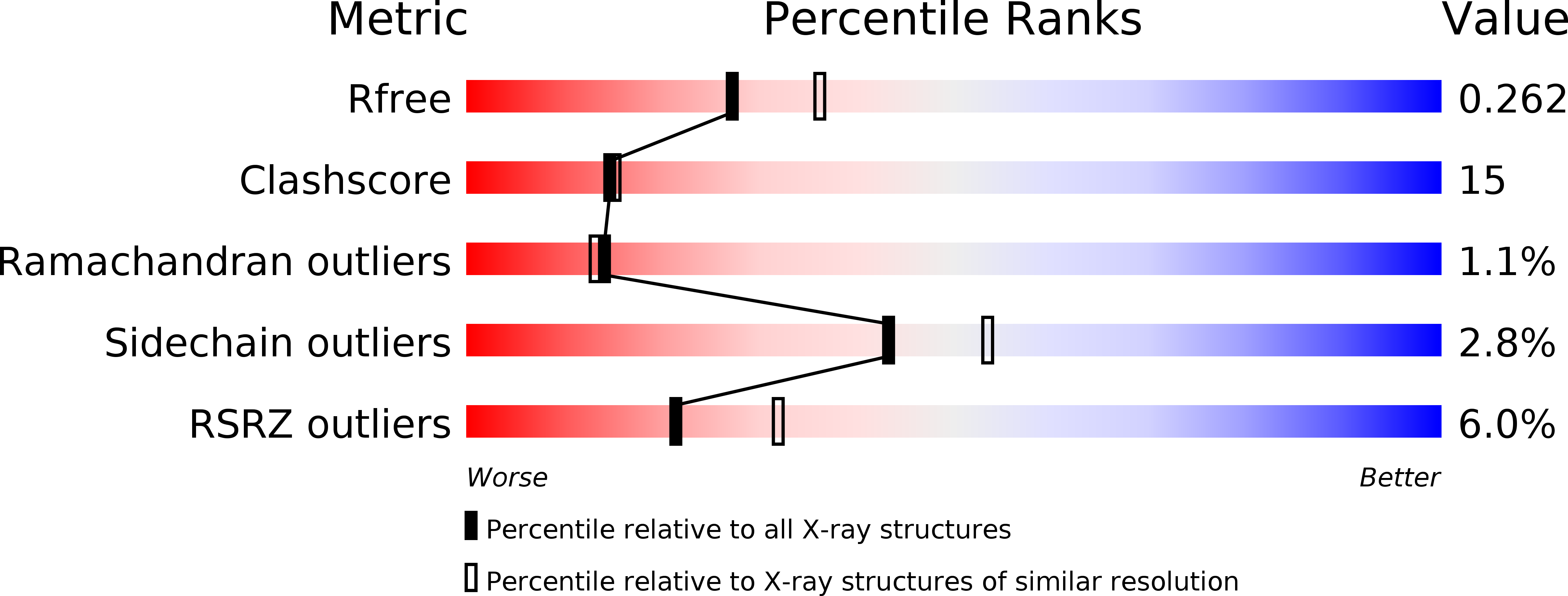
Deposition Date
2005-09-29
Release Date
2005-11-29
Last Version Date
2024-10-30
Entry Detail
PDB ID:
2B5S
Keywords:
Title:
Crystal structure of peach Pru p3, the prototypic member of the family of plant non-specific lipid transfer protein pan-allergens
Biological Source:
Source Organism:
Prunus persica (Taxon ID: 3760)
Host Organism:
Method Details:
Experimental Method:
Resolution:
2.35 Å
R-Value Free:
0.26
R-Value Work:
0.21
R-Value Observed:
0.21
Space Group:
P 65 2 2


